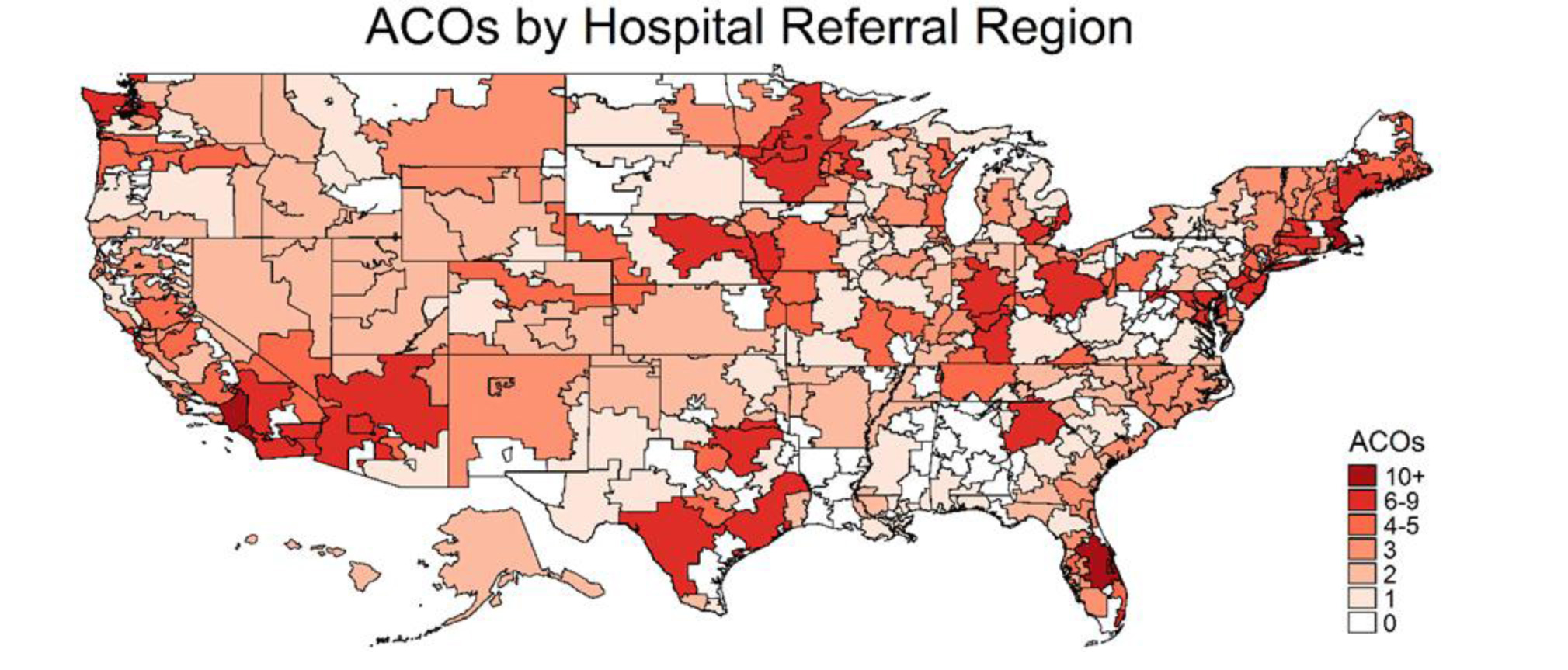Performance-Based Medicine is Ethos of Accountable Care Organization
By John Henry Dreyfuss, MDalert.com staff.
- Accountable care organizations (ACOs) embody performance-based medicine.
- An ACO is a network of healthcare providers and hospitals that shares responsibility for providing all types of healthcare to ≥5000 Medicare beneficiaries at a period of at least three years.
- These providers and organizations must be able demonstrate that they can reduce costs while improving outcomes.
- Studies have shown that ACOs do effectively achieve these improved results.
The ACO
The concept of the accountable care organization (ACO) evolved with the theory that high healthcare costs result from a fragmented, pay-for-volume system, and that transitioning to coordinated care will reduce healthcare costs without compromising quality.
The structure of the modern accountable care organization (ACO) was first proposed by the Centers for Medicare and Medicaid Services. Today, performance-based medicine is at the heart of every ACO. ACO members work continually to improve the quality of care and reduce the cost through care coordination. They also strive to optimize the patient experience by keeping the patient at the center of the coordinated care team.
Physician Experience
An ACO is primarily intended to provide multimodal care by a team of healthcare providers, all of whom are focused on the patient.
“Putting the patient first is really the goal of medicine,” Vanessa Pratomo, MD, told MDalert.com. “The ACO model allows all members of the provider team to remain focused on the patient and the patient to remain at the center of the team’s care.”
Dr. Protomo is a primary care physician and an expert on ACOs. She is a member of the staff at Montefiore Medical Center in Bronx, NY. Montefiore is a very successful ACO model in New York City.
By placing the patient at the center of care of a multimodal team, the ACO embodies performance-based medicine. “This idea of performance-based medicine … has been going on years. We just have new names for it.”
With changes at CMS and financial incentives for operating an ACO, the old ideas of healthcare have been paired with government muscle in the form of additional funding.
Dr. Pratomo does not see the ACO model as a new philosophical approach as much as a new business model. “I think it’s what a lot of doctors imagined a good doctor was when they were growing up. It’s what every doctor thinks a good doctor is.” Now doctors can be additional reimbursed when they practice the way they’ve always thought was the right way.
History of the Accountable Care Organization
While many healthcare professionals talk about accountable care organizations (ACOs), few can describe one in detail. The ACO is a business and healthcare model that has been promulgated by the Centers for Medicare and Medicaid Services for some time. Essentially, an ACO is a network of doctors and hospitals that shares responsibility for providing complete healthcare to no fewer than 5000 Medicare patients for a period of no less than 3 years.
With the aging of the U.S. population, increasing costs of healthcare, and increasing national deficit, controlling Medicare costs has become a prime target for federal lawmakers. Past efforts to consolidate healthcare have included Health Management Organizations (HMOs) and Integrated Delivery Networks.
The term accountable care organization was first presented in 2006 during a Medicare Payment Advisory Commission (Med PAC) public meeting convened to discuss alternatives for physician payment models to replace the Sustainable Growth Rate (SGR) formula. Proponents of the ACO model believe that traditional, fee-for-service healthcare will eventually be replaced by population-based payment models that promote preventive healthcare and discourage overtreatment.
The ACO is proposed as a network of healthcare providers assuming joint responsibility and accountability for reducing costs and improving outcomes in a defined patient population. Formation of an ACO requires capital expenditures that create and infrastructure that promotes high quality and efficient care. An ACO must have a legal structure that allows participating physicians to receive and distribute incentive payments. It must use a patient centered process of care and be capable f reporting quality measures. In its original definition, the ACO was proposed to include a variety of provider configurations, including physicians and hospitals, anchored by primary care.7 In contrast with HMOs, the ACO model is designed to achieve cost savings through improved care quality rather than restricted utilization of services.

Defined by CMS
According to the Centers for Medicare and Medicaid Services, “an accountable care organization (ACO) is a healthcare organization characterized by a payment and care delivery model that seeks to tie provider reimbursements to quality metrics and reductions in the total cost of care for an assigned population of patients. A group of coordinated healthcare providers forms an ACO, which then provides care to a group of patients.
“The ACO may use a range of payment models (capitation, fee-for-service with asymmetric or symmetric shared savings, etc.). The ACO is accountable to the patients and the third-party payer for the quality, appropriateness, and efficiency of the healthcare provided. An ACO is an organization of healthcare providers that agrees to be accountable for the quality, cost, and overall care of Medicare beneficiaries who are enrolled in the traditional fee-for-service program who are assigned to [the ACO].”
